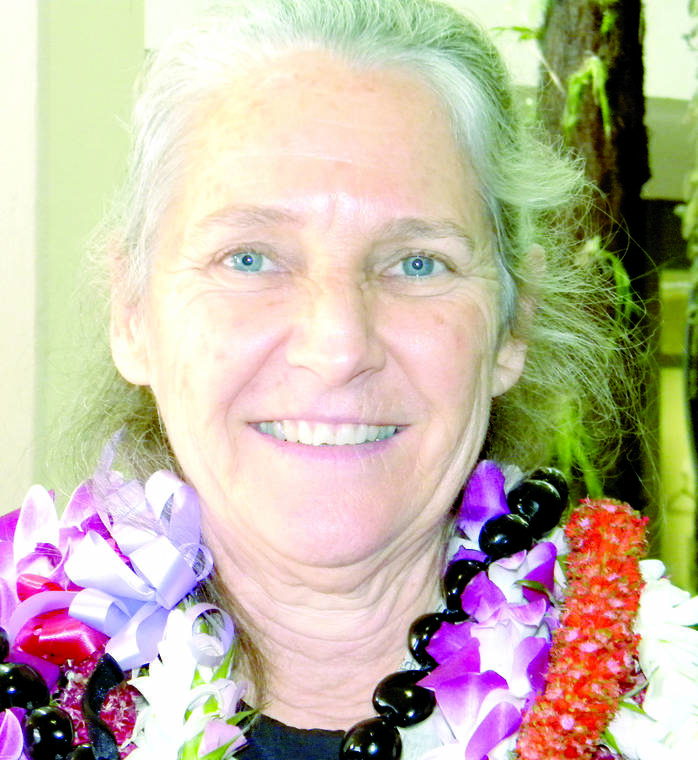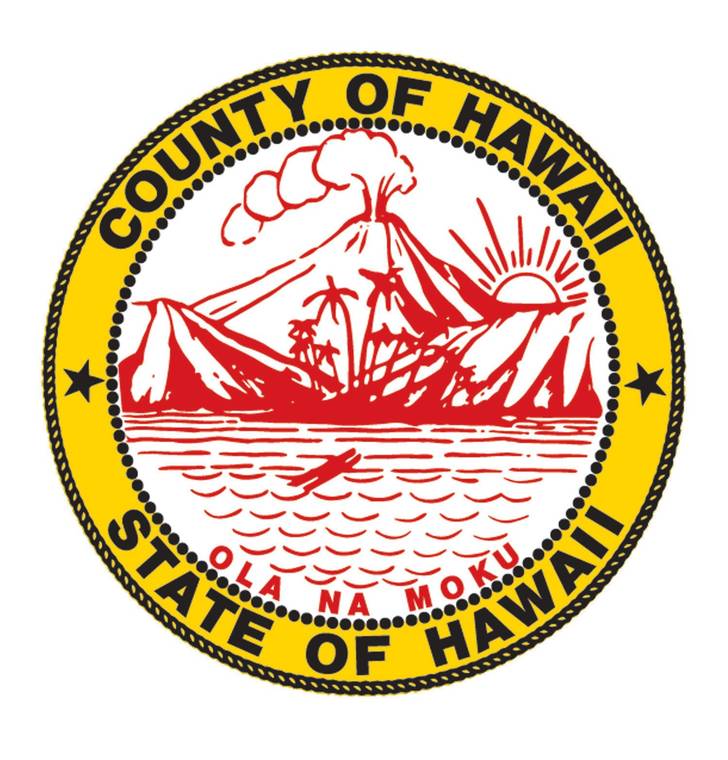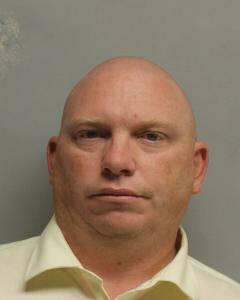In-depth look at 2018 eruption’s economic impact part of county’s recovery efforts


As the Big Island continues recovering from the 2018 eruption of Kilauea volcano, the county Department of Research and Development selected the Institute for Sustainable Development to do an in-depth assessment of the eruption’s economic impacts and draft an economic recovery plan.
“Businesses throughout the Puna District were impacted by the unprecedented eruption in 2018 …” said Research and Development Director Diane Ley.
ADVERTISING
There was a disruption in the community in terms of visitor numbers, as well as the displacement of a number of residents.
“We see that throughout the island, there is a ripple of economic impact,” Ley said. “ … as part of our overall recovery effort in creating a recovery framework, (we) wanted to focus on economic impact.”
ISD, a nonprofit organization based in Alexandria, Va., was hired to assist the county through that process.
The organization will first do a needs assessment, which Ley said will “support us in creating a road map, if you will, of how government and businesses can support the economic recovery and focus on building a more resilient and vibrant community.”
According to Ley, the process of developing an economic recovery plan will fold into the county’s overall recovery framework, which covers a multitude of areas such as community development, housing, infrastructure and natural and cultural resources.
ISD also will advise the county on “how we get to the goals we set,” and will be able to identify funding sources that might support the initiatives, best practices and lessons learned, she explained.
Ley said the ISD contract cost $498,500, funding for which came from the U.S. Department of Commerce’s Economic Development Administration and the state.
ISD’s Hilo field director Heather Long said that while the company has a one-year contract, “we really need to have the project wrapped up in January.”
She said Ley advocates this as a chance to take a “macro view of the economic development ecosystem for Hawaii County and use this as an opportunity to focus on that ecosystem,” looking at sectors that might not be performing as well or reflective of the values of Hawaii, and to start looking at approaches to economic development that meet the community’s needs.
Long said ISD will do one-on-one interviews with community members as well as a series of focus groups.
Such a plan “has to be written here and it has to be written with community input,” she said, while ISD brings “institutional knowledge and best practices from other communities around the world that have had to recover” economically after other natural disasters.
In addition to work with ISD, the county this week launched three surveys to collect community input that will help shape near- and long-term recovery efforts on the island.
Ali Slous, the county’s Kilauea disaster recovery program coordinator, said the first phase of the recovery process was completed in May.
As part of the initial phase, she said recovery teams talked to more than 1,000 people, “now we’re reporting back out to the community about what we’ve heard …,” she said.
The county is now moving into the second phase of recovery, called “Talk Action, Take Action” because “we wanted it to be more action oriented,” Slous said.
According to Slous, the purpose of the surveys is to get feedback on proposed objective statements developed in phase one and get a snapshot of where people are in three areas of recovery — household, community and business.
The county will host a SpeakOut event from 8:30 a.m.-4 p.m. July 27 at Keaau High School. While details are still being finalized, Slous said the event will include reports to the community about the current status of recovery and give the community an opportunity to offer feedback.
The surveys tie into the work being completed by ISD.
In the “big, big picture, all partners are working on an integrated recovery framework,” and by the end of the year will lay out recovery scenarios, Slous said. But within that is a component about economic recovery, the component on which ISD is working.
Those who want to participate are asked to take any or all of the three surveys, which focus on the three areas of recovery.
According to a news release from the county, the Household Impact and Opportunity Assessment will clarify the unmet needs families are experiencing and guide family outreach and long-term community planning.
The Community Impact and Opportunity Assessment will guide decisions about long-term recovery, including hazard mitigation, land use and natural and cultural resource management, infrastructure investments, housing and economic development.
The Puna Community Development Plan Action Committee will use that survey to make recommendations on priority objectives during its Aug. 6 meeting, the county said.
Meanwhile, the Business Impact and Opportunity Assessment will follow up on the business survey sent in the early days of the eruption. The results will identify ongoing economic impacts as well as challenges and opportunities for business recovery.
Surveys can be found online at recovery.hawaiicounty.gov/connect/impact-status-survey-suite. Hard copies can be picked up at the offices of County Council members, the Research and Development and Planning departments and during the July 27 SpeakOut and other community events.
Unless an individual chooses to be contacted, information from the survey will be anonymous.
Email Stephanie Salmons at ssalmons@hawaiitribune-herald.com.






